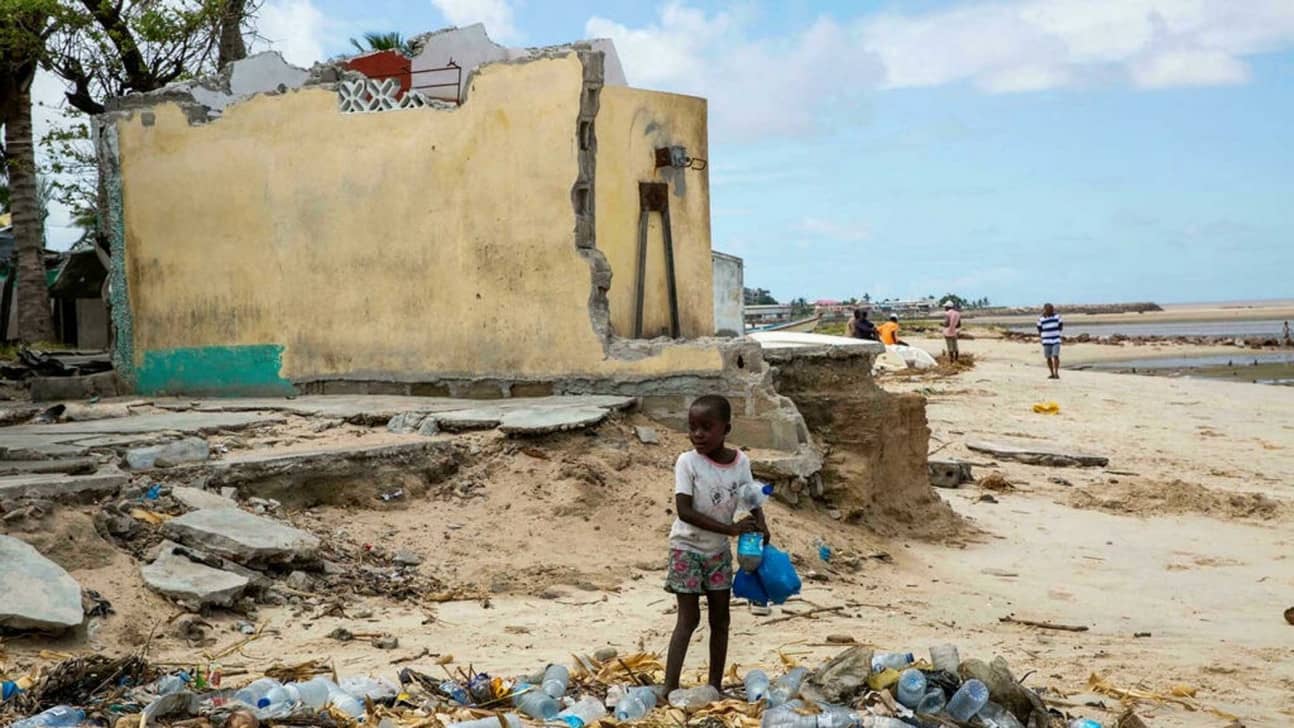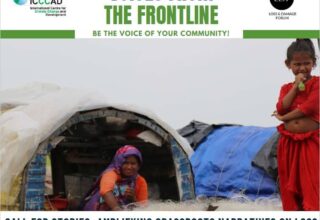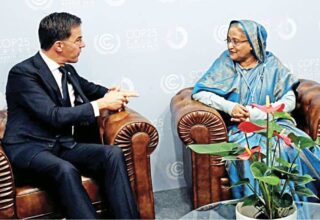
One of the new and very politically sensitive topics being discussed at the 26th United Nations Climate Change Conference (COP26) in Glasgow, Scotland, as the summit enters its second and final week of negotiations, is the matter of loss and damage from human-induced climate change. This refers to the adverse impacts that can be attributed to human-induced climate change due to the rise in global temperature by more than one degree Celsius since the industrial revolution that happened over a century ago.
This means that efforts to avoid the impacts by reducing emissions through mitigation, and also to be better prepared to deal with those impacts through adaptation, have both been inadequate to avoid some real impacts that are now happening because of human-induced climate change. This was made abundantly clear in the sixth assessment report of the Intergovernmental Panel on Climate Change (IPCC), which came out in August 2021, where the scientists of Working Group 1 said that, for the first time in three decades, they now had unequivocal evidence of the impacts of climate change that are credibly attributable to human activities. This is a breakthrough in the scientific field, which will have profound repercussions in both the COP as well as the reality on the ground.
Inside the UN Framework Convention on Climate Change (UNFCCC) process, there was a decision back at COP19, held in 2013 in Warsaw, Poland, where the countries agreed to set up the Warsaw International Mechanism (WIM) for Loss and Damage associated with Climate Change Impacts. The WIM had an executive committee and a work plan for five years, which came up for review at COP25 in 2019, in Madrid, Spain. Going into COP25, the vulnerable developing countries jointly demanded two outcomes: first, a technical body to provide advice and technical guidance to countries; and second, to get funding for the victims of loss and damage. This topic was highly debated in Madrid and was one of the topics that drove COP25 into two extra days of negotiations, with a partial outcome only.
The demand for a technical body was agreed upon, and it was named the Santiago Network on Loss and Damage (SNLD), but the demand for funding was refused by the developed countries.
So now, going into COP26 in Glasgow, the vulnerable developing countries want to work out the details of the SNLD—including its mandate, governance, and activities—and also reiterate their demand for funding to help the victims of loss and damage.
At this point in time, when the first week of negotiations ends, there is some proposed text for setting up the SNLD, with a few items to be settled next week, but so far there is no progress on the issue of funding—at least inside the negotiations.
This year, the climate conference is being hosted by the UK in the city of Glasgow in Scotland. With its own government, parliament and budget, Scotland has also had a Climate Justice Fund of its own, separate from the UK, for a number of years. Just before COP26 started, First Minister of Scotland Nicola Sturgeon announced a doubling of the country’s Climate Justice Fund, and even more importantly, she allocated GBP 1 million for a new Loss and Damage Fund, and challenged other countries and foundations and anyone else to contribute to this new fund.
Many countries and foundations are now considering this challenge from the Scottish government, and in the remaining days of COP26, there is hope that others may follow Sturgeon’s footsteps and also pledge to contribute towards the new fund. Indeed, if this happens, then it would be a major positive development, even if it is outside the official UNFCCC process that requires consensus-based decisions; it would be a coalition of the willing who may take the idea forward, and then it may be included in a decision at COP27 next year, where loss and damage will certainly be at the front and centre of discussions.
What is needed out of COP26 is to plant the seeds for exploring the options of funding for loss and damage, which can be nurtured over the next 12 months and readied for COP27, due to be held in Egypt in 2022.
Originally this article was published on November 10, 2021 at Daily Star. The author Prof. Saleemul Huq is the director of the International Centre for Climate Change and Development (ICCCAD) at the Independent University, Bangladesh (IUB).
Email: saleemul.huq@icccad.org





